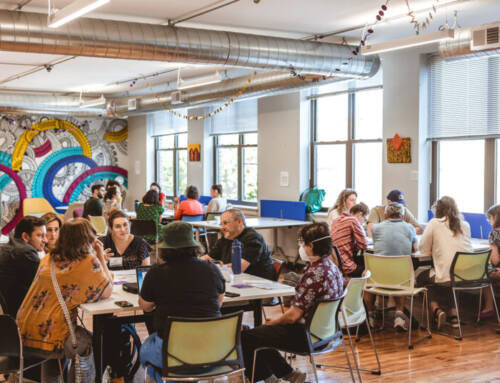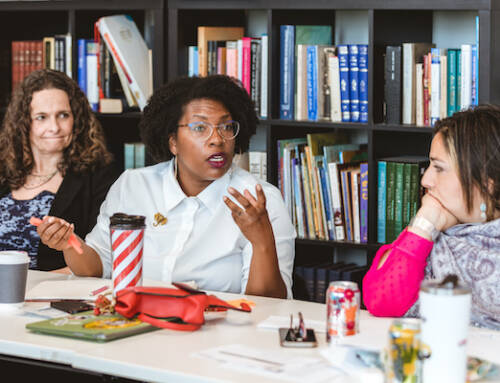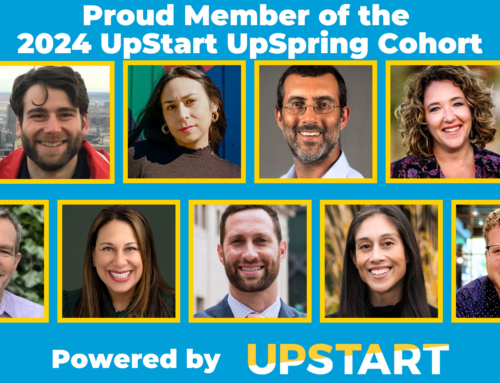Have you ever seen a straight Shofar? Theres a reason why; according to Jewish law, a Shofar must be crooked. In the first chapter of his Laws of Shofar, Sukkah, and Lulav, Maimonides writes:
the Shofar that is blown is the crooked (twisted, bent over) rams horn. What is the symbolism of blowing a crooked Shofar? The Talmud, in tractate Rosh HaShanah 26b, connects the bent shape of the Shofar to the bending will of each human, the humble acknowledgement that our desires alone do not dictate the future.
But the image of the crooked Shofar can be interpreted as a visual metaphor of the human journey. When we look into the mouth of the Shofar, we cant see out the other end. We have no idea where the twists and turns will bring us. But we trust that, somehow, our voices will emerge from the other side. Our past year may not have gone as we had hoped. Our vision for the future may be clouded, confused. The Shofar is a reminder that in order to grow, we must continue turning corners, groping through the darkness, and acknowledging our wrong turns.
The Tishrei holiday season is a celebration of our constant potential for renewal. We never arrive; we are always in process. We are challenged during this time of year to ask ourselves difficult questions, to face our decisions, to re-orient our journeys, to pivot, to admit that we are still in the Shofars hollows, trying to find our way towards the light. The Shofars call is a plea and a visual reminder to allow ourselves to genuinely embrace this journey, in which we are not certain, in which we are willing to tumble, twist, and turn in our desire to become more whole.
Thomas Edison once said, I make more mistakes than anyone I know. And eventually I patent them. The call of the Shofar challenges us to stop expecting that our paths be straight and clear. To stop feeling badly about mistakes and failures, since they are not only inevitable they are a necessary component of the journey. They are the seeds of our successes, of our contributions. The ability to renew must go hand in hand with the willingness to twist, turn, spill, and crash. We expect this of younger people, and younger organizations. When a child falls, we know that the child is learning her limits, and strengthening her grit and resolve. When a new initiative changes direction, or re-writes its mission, we are willing to accept that it is in a learning phase, and will eventually find its center. The Shofar is a reminder that the attitude we have towards the new can be applied even to that, which is more established. All people can benefit from trying new things, pushing their limits, viewing their falls as learning opportunities. And all organizations have permission to re-write, experiment, re-think, and test their assumptions. This is the only way, in fact, that we can continue to evolve and grow, as people and as a community.
In the book Beginning Anew: A Womans Companion to the High Holy Days, Avivah Zornberg suggests that we blow the Shofar because we dont want to use an instrument that could give a false impression of the immaculateness and coherence of the world. Its a crooked shofar, but we blow it directed As much as we treasure the illusion of the immaculateness and coherence of our personal and professional worlds, it is merely an illusion. This time of year challenges us to look that illusion in the eye, to name that our realities are more crooked than straight, and to maintain the courage to continue, regardless. May it be a year in which we have the courage to direct our talents and passions towards the realization of a vibrant, meaningful Jewish community. A year in which we can admit when we are in the hollows of the Shofar on our journey, and guide one another, challenge one another, and trust that we will emerge at the other end, our voices pure, and full of hope.
This article originially appeared in The Jewish Week, and is cross-posted on eJewish Philanthrophy.
Our purpose is to enable entrepreneurs to bring bold Jewish ideas to light. We help them reach Up to people in new ways that are meaningful, more inclusive, and create a brighter future for our Jewish community and the world we share.




